Acrylic painting is one of the most approachable ways to start exploring art. It is forgiving, dries quickly, and offers vibrant colors that are perfect for capturing the beauty of flowers. This guide will walk you through painting an acrylic flower step-by-step, with tips tailored for those who are just starting.
Before starting, make sure you have all the necessary tools within arm’s reach. You will need acrylic paints, a palette, brushes in various sizes, a cup of water, a rag or paper towel, and a canvas or acrylic paper. Choose a set of paints that includes a range of primary and secondary colors so you can mix shades for petals and leaves. Soft synthetic brushes work well for acrylics, offering smooth application and easy cleanup.

Pick a flower that inspires you—sunflowers, tulips, and daisies are all great options for beginners. Work from a clear photo rather than a live flower, as it eliminates the challenge of shifting light and wilting petals. Look for a reference that shows distinct shapes, shadows, and highlights. If you are unsure, many artists find free high-resolution references on Unsplash or Pixabay.

Apply a thin coat of gesso if your canvas is unprimed. This improves paint adhesion and prevents colors from soaking in unevenly. For a background, you can paint the canvas with a light wash of color—such as pale blue or soft beige—using diluted acrylics. Let it dry fully before beginning your flower. This background sets the tone of the entire piece.
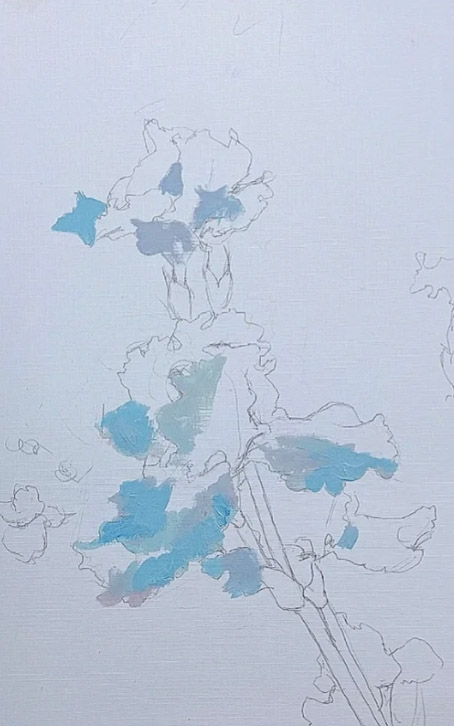
Use a light pencil or a thinned acrylic paint to sketch the main shapes. Focus on the arrangement of petals, the center, and any visible leaves. Keep lines loose and simple—this is your guide, not a final drawing. Avoid pressing too hard, as dark lines can show through lighter paint layers.
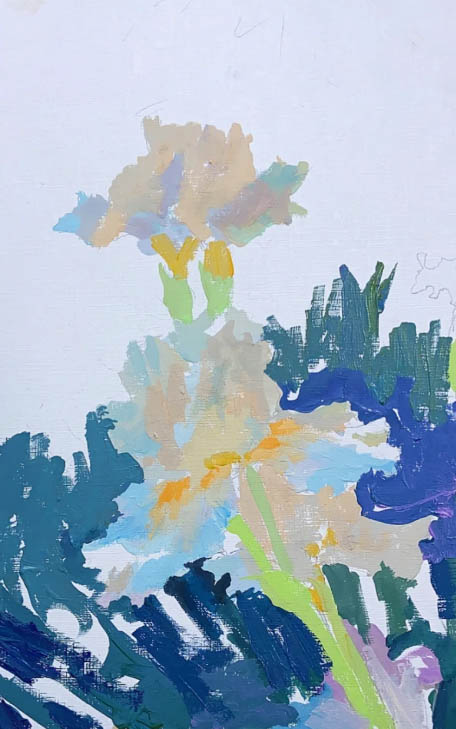
Start by applying the base colors of your flower with a medium brush. Work from the largest areas to the smallest, covering petals, leaves, and the center with flat, even color. Do not worry about details yet—this stage is about building a foundation for depth and texture later. Remember to rinse and dry your brush between colors to avoid muddy mixing.
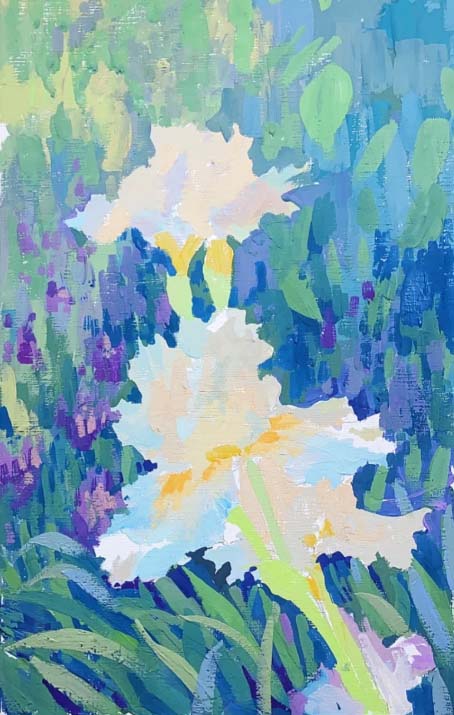
Once your base colors are dry, begin adding shadows, highlights, and texture. Use darker tones along the areas where petals overlap or curve inward. Add lighter shades where the light naturally hits. For fine details like veins on petals or leaf edges, switch to a smaller brush. Acrylic paint’s fast-drying nature lets you layer colors without long waits.
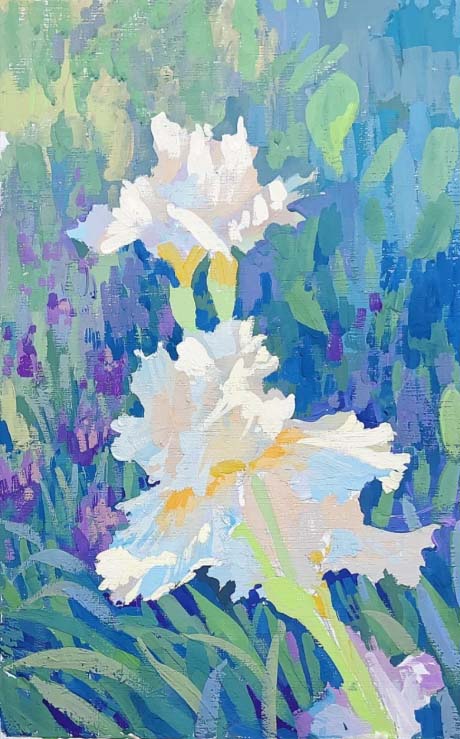
Step back from your work and look for areas that need adjustment. Add final highlights to emphasize depth, soften harsh edges, or adjust any colors that look flat. Clean up the background if needed, blending it smoothly around the flower. If you want to preserve your work, consider sealing it with an acrylic varnish after it is completely dry.

Every painting you make is part of your growth as an artist. Try painting the same flower in different color schemes, angles, or lighting conditions. Experiment with brush types, paint thickness, or even adding a palette knife for texture. Keep your early works as a record of your progress—you will be surprised at how quickly your skills improve with consistent practice.
Hi, I’m Philo, a Chinese artist passionate about blending traditional Asian art with contemporary expressions. Through Artphiloso, my artist website, I share my journey and creations—from figurative painting and figure painting to floral oil painting and painting on landscape. You'll also find ideas for home decorating with paint and more.
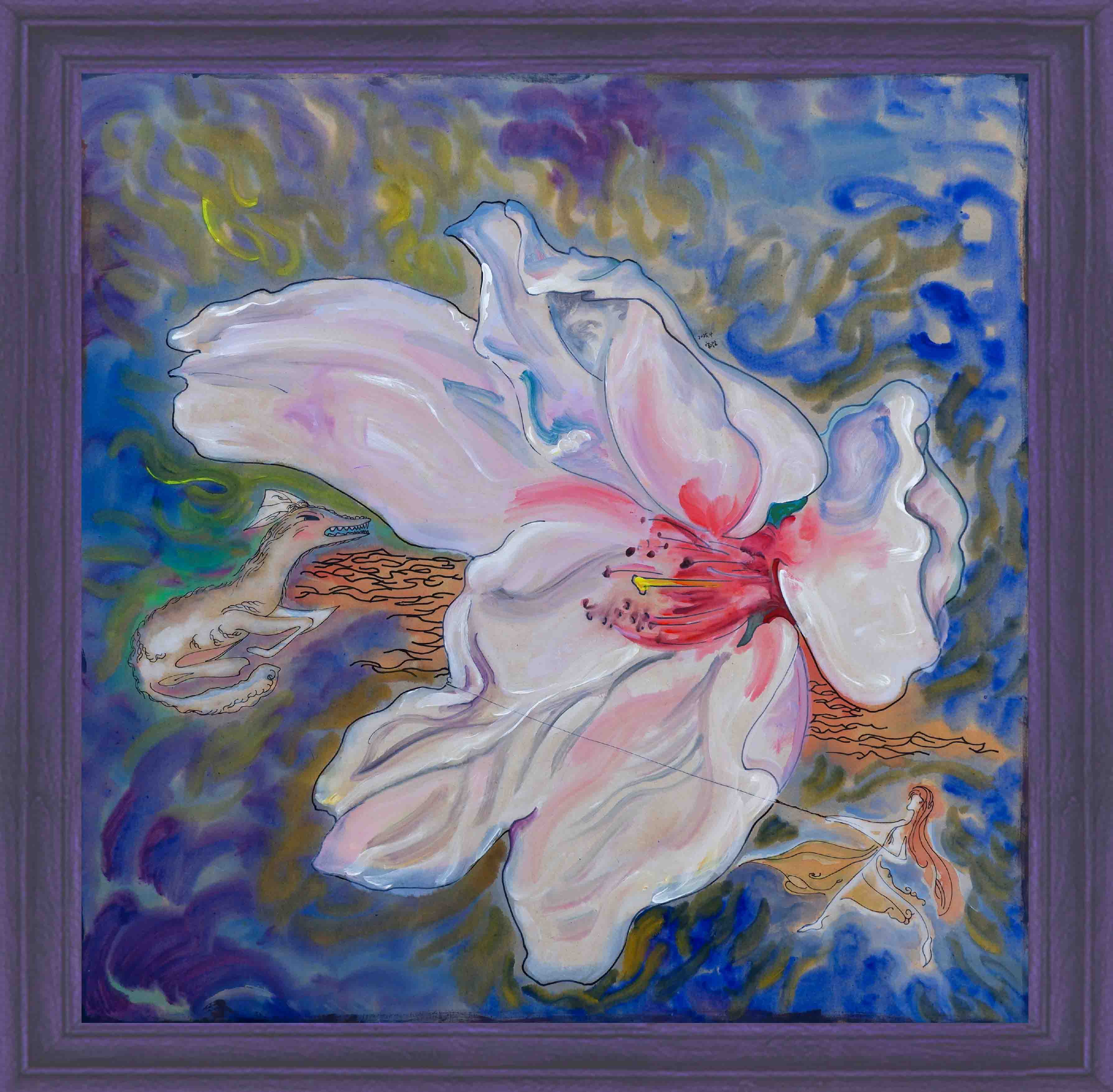
Student-grade acrylics are affordable and versatile. Brands like Liquitex Basics and Golden offer quality pigments at a reasonable price, making them ideal for practice.
Yes. Acrylics mix well and allow you to create a wide range of colors. Use primary colors—red, yellow, and blue—as your base, and adjust tones with white or black.
Thin layers can dry in 10–20 minutes, while thicker applications may take an hour or more. Drying time can vary depending on temperature, humidity, and paint thickness.
Applying varnish protects the surface from dust, UV damage, and moisture. Choose a matte, satin, or gloss finish depending on your preference, and ensure the painting is fully dry before application.
Yes. Acrylics work on wood, paper, cardboard, and even fabric, as long as the surface is clean and primed. Always test on a small area first to check adhesion.
